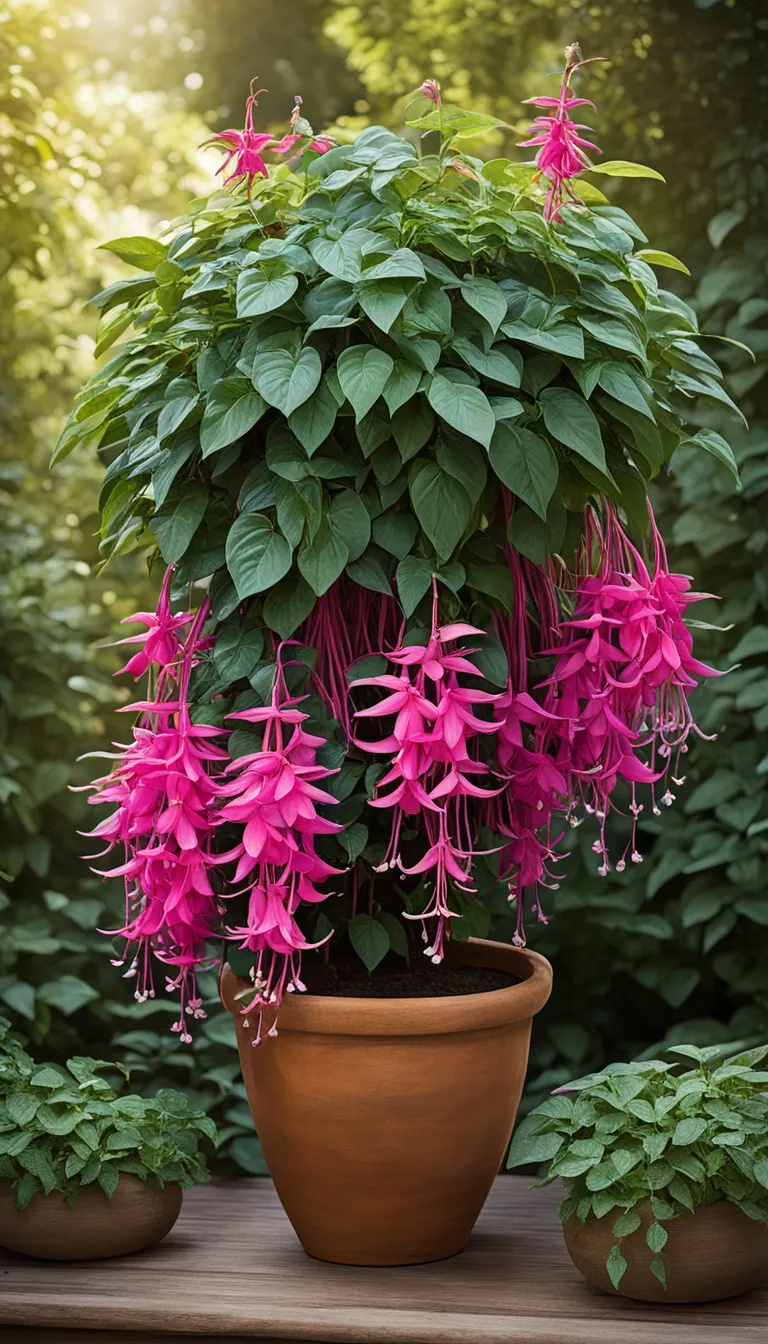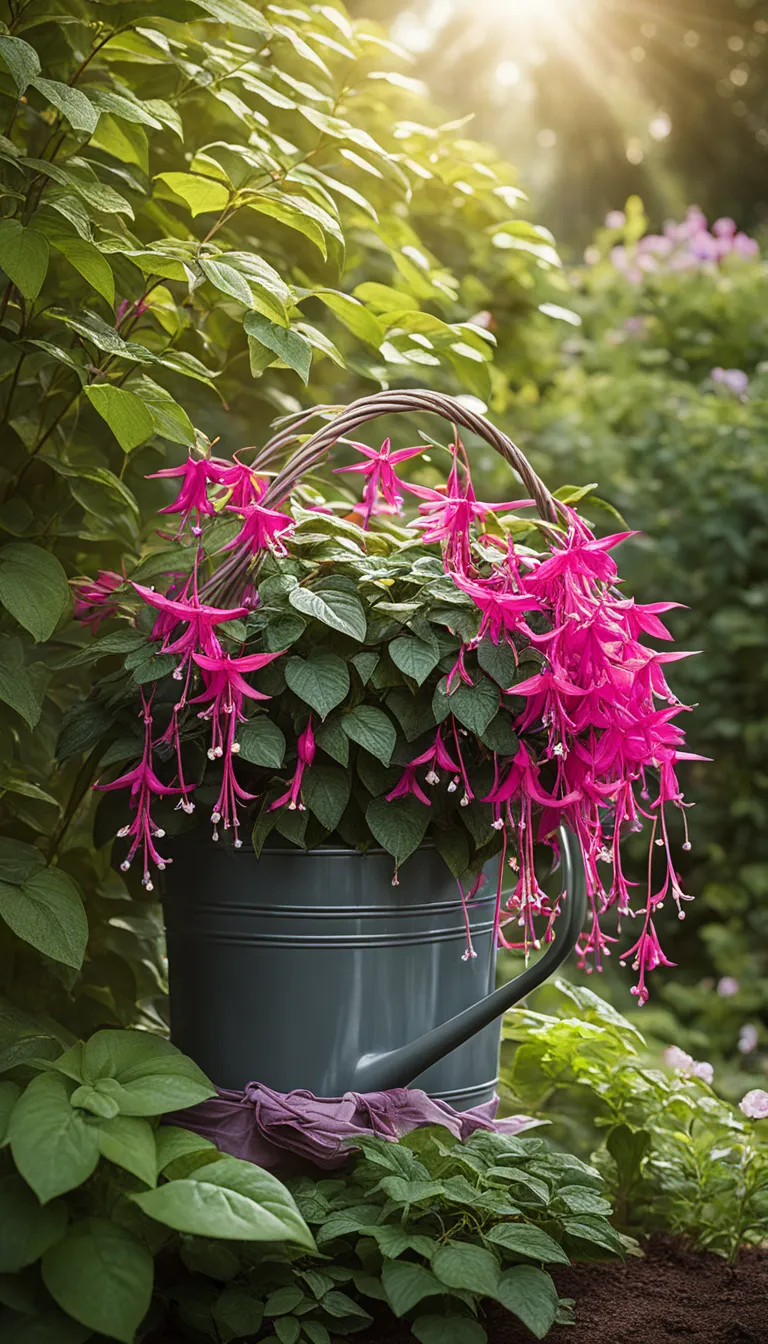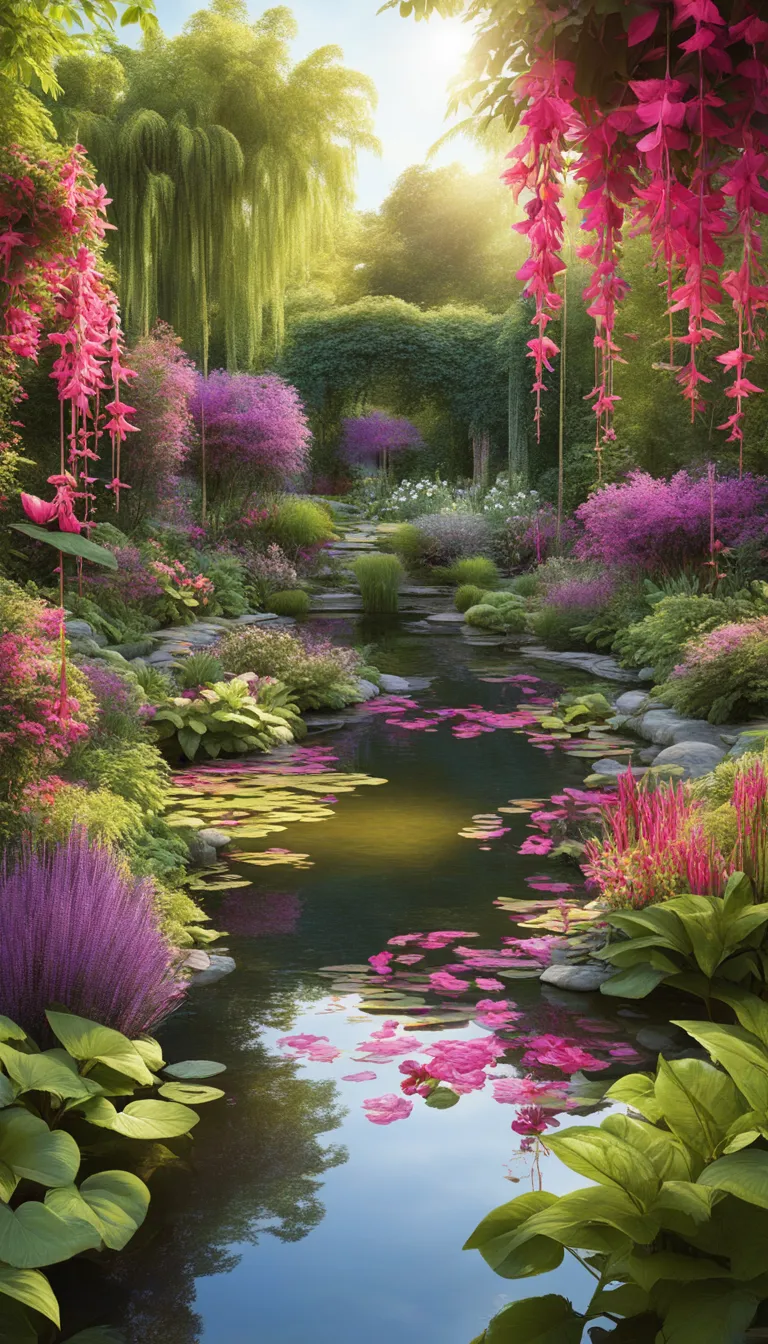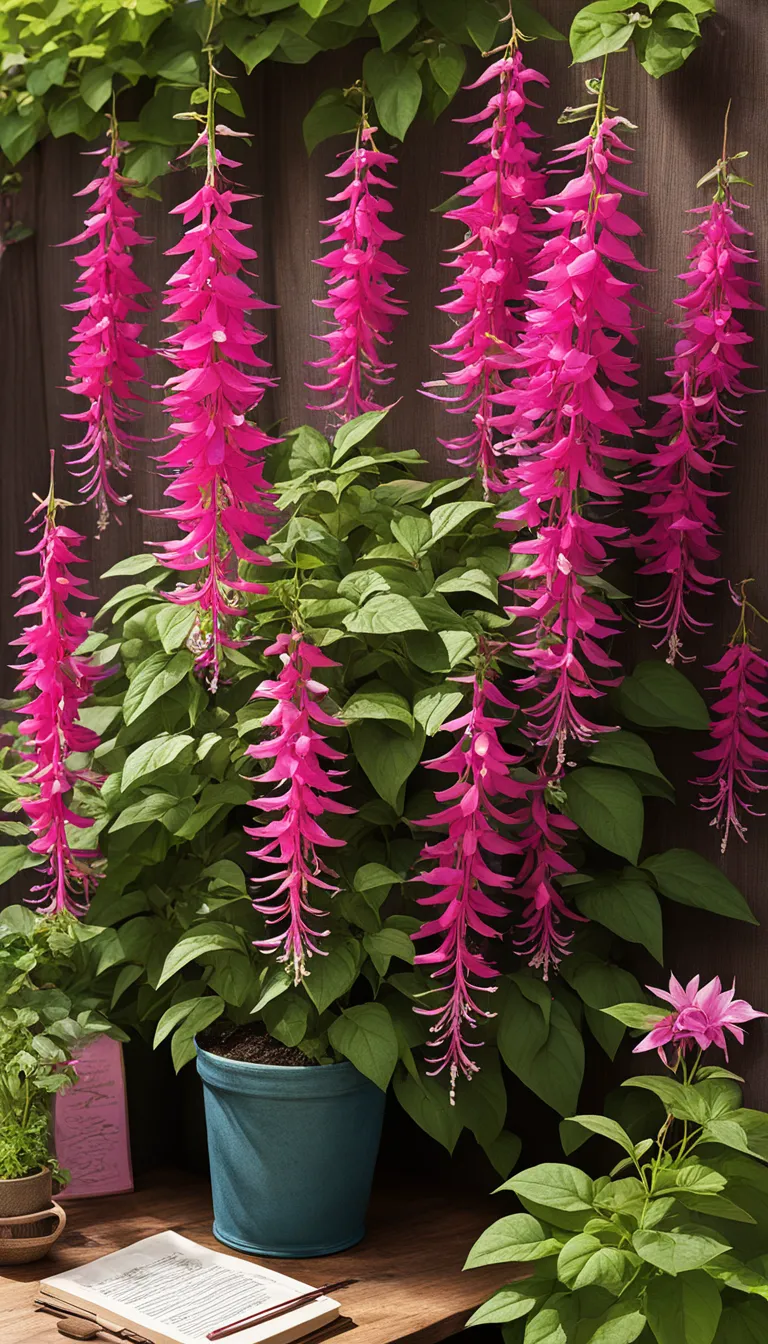Imagine your garden bursting with explosions of color, where petals dangle like delicate earrings, swaying with every gentle breeze. That’s the magic fuchsia plants bring to any outdoor space. These surprisingly versatile bloomers, with their unique teardrop flowers, are a true spectacle of nature, offering a continuous display from late spring to fall. Whether you’re a seasoned gardener or a green-fingered newbie, fuchsia is a plant that promises not just vibrancy but also the joy of gardening.
Why settle for the mundane when you can have a surprise around every corner? Fuchsias come in a variety of colors and shapes, with blossoms ranging from deep purples to radiant reds, and even multi-colored varieties. They’re perfect for hanging baskets, garden borders, and even as indoor plants. With their high level of adaptability, fuchsias can transform any garden into a living painting, one that changes hues with the passing seasons.
So, are you ready to add a touch of drama to your garden? Let’s dive into the world of fuchsia, where every bloom is a burst of creativity. Stay tuned as we uncover the secrets to nurturing these spectacular plants, explore the myriad of varieties available, and learn how to make your garden the envy of the neighborhood with these flamboyant floral performers.

What is Fuchsia?
Fuchsia, a name that conjures images of bold and brilliant blooms, is a genus of flowering plants that are most admired for their unique and attractive flowers. Originating from Central and South America, these plants have captivated gardeners and flower enthusiasts alike with their dancing blooms that seem to explode with color. The flowers hang elegantly from the stems, resembling delicate lanterns, and come in a variety of shades from deep purples to radiant reds.
The fuchsia plant is not only known for its beauty but also for its versatility. Whether you’re looking to add a pop of color to a shady corner of your garden or want to create a stunning hanging basket display, fuchsias are an excellent choice. They thrive in cooler temperatures and enjoy a balance of sun and shade, making them perfect for many gardeners’ environments.
Did you know? The fuchsia plant is named after the 16th-century German botanist, Leonhart Fuchs. Its unique blossoms have also earned it the affectionate nickname “Lady’s Eardrops” due to their resemblance to dangling earrings.
When considering adding fuchsias to your garden, it’s essential to understand their growth habits. They can range from being compact shrubs to trailing plants, which makes them ideal for both ground cover and vertical gardening. This adaptability allows for a wide range of gardening designs and can be a show-stopping element in any landscape.
- Annual or Perennial: Depending on the climate, fuchsias can be grown as either annuals or perennials.
- Attracts Pollinators: Fuchsias are known to attract hummingbirds and butterflies, adding not only beauty but also biodiversity to your garden.
- Variety of Uses: These plants can be used in hanging baskets, borders, and containers.

How to Care for Fuchsia?
When it comes to keeping your fuchsia plants in full, spectacular bloom, there are a few key tips to keep in mind. These plants are a bit like the divas of the garden world: they need just the right environment to truly shine. But don’t worry, with these simple care instructions, you can create a show-stopping display that will make your neighbors green with envy.
Watering your fuchsia is like walking a tightrope—it’s all about balance. Too much, and you’ll find their roots gasping for air. Too little, and you’ll see those stunning flowers wilt before your eyes. The goal is to maintain consistently moist soil without making it waterlogged. A good rule of thumb is to water when the top inch of soil feels dry to the touch.
When it comes to sunlight, fuchsias are a bit like Goldilocks—they like it just right. These plants thrive in morning sunlight and afternoon shade, especially in hotter climates. If you’re in a cooler region, your fuchsias may be able to handle a bit more sun. However, always avoid the harsh midday sun, as it can scorch their delicate petals.
Soil is the foundation of any plant’s health, and fuchsias are no exception. They prefer a well-draining soil with plenty of organic matter. You can create the perfect home for your fuchsias by mixing in compost or peat moss with your garden soil. This will not only provide nutrients but also improve soil structure and drainage.
For those who love a good list, here’s a quick-care checklist for your fuchsia plants:
- Water when the top inch of soil is dry
- Provide a mix of sun and shade—morning sun is best!
- Use well-draining soil enriched with compost or peat moss
- Fertilize every few weeks during growing season with a balanced fertilizer
- Regularly deadhead spent flowers to encourage new blooms
- Protect from extreme temperatures—bring them indoors if frost is forecasted
With these care tips in mind, your fuchsia plants are sure to be the explosion of color and surprise that you’re looking for in your garden. So go ahead, give them a try and watch as they transform your outdoor space into a vibrant floral paradise!

What are the Fuchsia Varieties?
Fuchsias are a gardener’s delight, offering an explosion of color and form. With over 100 species and thousands of cultivars, these plants range from compact bushes to trailing varieties. Each type brings its own surprise element to the garden. Whether you’re looking for a hanging basket showstopper or a shrub that commands attention, fuchsias have something for everyone.
Let’s dive into some of the popular varieties:
- ‘Swingtime’: Known for its large, double flowers with red sepals and a white to purple corolla.
- ‘Delta’s Sarah’: This variety stands out with its blue-purple petals and striking, contrasting sepals.
- ‘Thalia’: A unique choice with its slender, orange-red flowers that dangle like delicate earrings.
- ‘Annabel’: Offers a profusion of small, pink and purple flowers, perfect for a more subtle effect.
For those who adore table displays, here’s a quick guide:
| Variety Name | Flower Color | Growth Type |
|---|---|---|
| ‘Swingtime’ | Red and White/Purple | Trailing |
| ‘Delta’s Sarah’ | Blue-Purple and White | Upright |
| ‘Thalia’ | Orange-Red | Trailing |
| ‘Annabel’ | Pink and Purple | Bushy |
Choosing the right fuchsia for your garden can be as exciting as it is rewarding. Consider the overall design of your garden, the climate, and how much time you can dedicate to care. With the right conditions and a bit of love, fuchsias will explode with beauty, bringing joy and color to your outdoor space.





